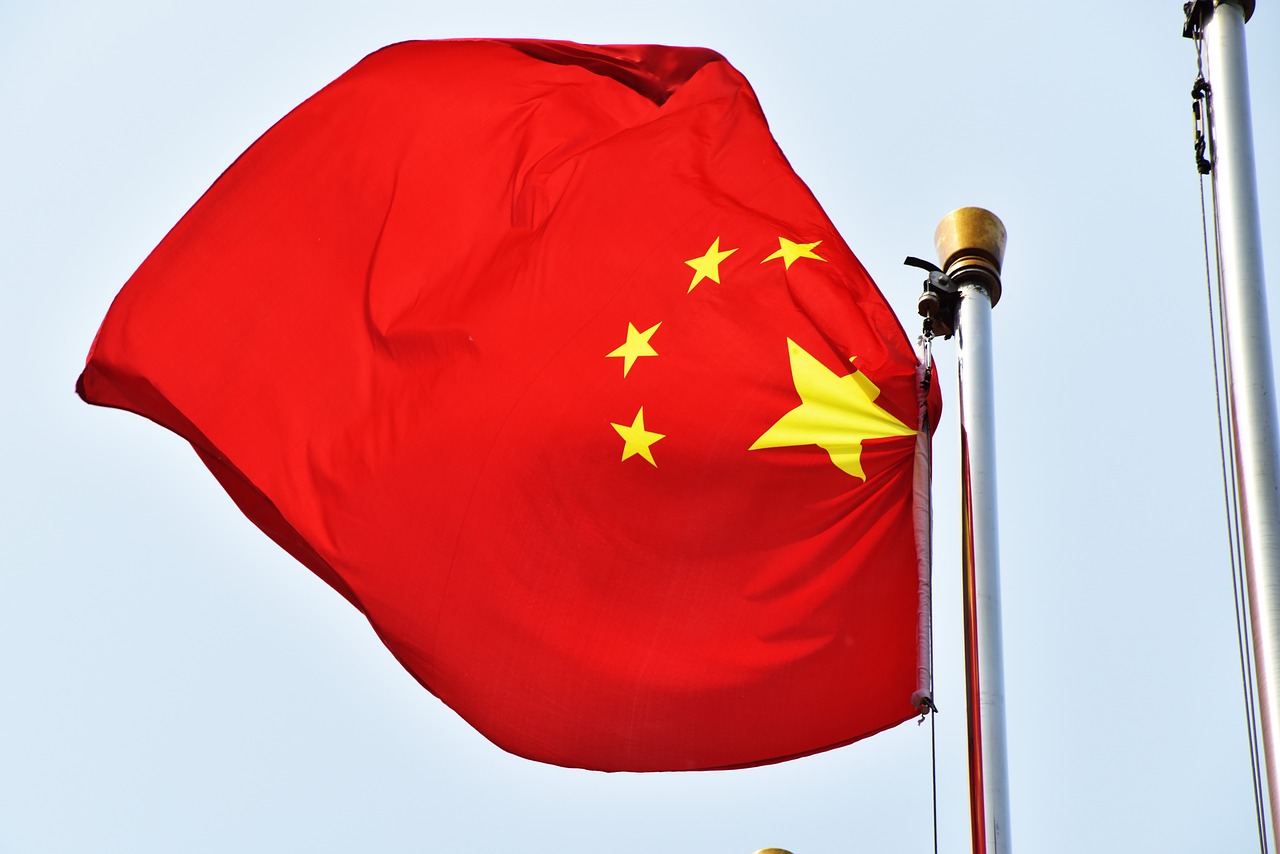By Frank Andorka, Senior Correspondent
While the United States seems hellbent on starting new trade wars with countries around the world, the European Union (EU) has determined that its own sanctions on Chinese solar modules should come to an end, according to reporting by Reuters.
As Reuters reports:
The EU first imposed anti-dumping and anti-subsidy measures for Chinese solar panels, wafers and cells in 2013 and extended them by 18 months in March 2017, signaling that they should then end.
Chinese manufacturers have been allowed to sell solar products in Europe free of duties if they do so at or above a progressively declining minimum price. If sold for less than that price, they are subject to duties of up to 64.9 percent.
The trade measures will be allowed to expire on Monday.
The reasons for the expiration mirror the same debate going on over tariffs in the United States, to wit: the EU is trying to strike a balance between EU module manufacturers (who believe the measures should stay in place) and installers (who want the measures to go away so less expensive modules can keep coming to the market and allowing installations to flourish). In the end, the European Commission, which coordinates economic policy for the EU, decided to let the measures expire.
Which, of course, set off a panic in some quarters surrounding what was referred to as a ‘flood’ of modules being dumped on European markets at below-market prices, thereby depressing prices on modules throughout the supply chain. Again from Reuters:
EU ProSun, the grouping of EU producers that launched the initial complaint in 2012 and wanted a further extension of measures, had said that European manufacturers would be devastated if the measures ended.
Beijing’s decision to limit installations in China meant producers there had some 30 gigawatts of excess capacity to shift with few markets to sell into after tariffs imposed by the United States and planned by India, the second and third largest markets behind China. The total EU market is some 7 gigawatts.
It’s long been our contention that tariffs don’t really help anyone, and that inexpensive modules help spread the use of solar throughout the world. It’s why we’ve argued so vociferously against Trump’s tariffs here in the United States.
But this European issue isn’t over yet – Reuters reports ProSun said it might launch a legal challenge to the expiration of the duties. This story is something to keep an eye on moving forward – it could reshape the global solar industry for years to come.
More:
EU ends trade controls on Chinese solar panels raising fears of cheap imports


 This is one of those times having a red flag waving in the wind is an unfortunate visual.
This is one of those times having a red flag waving in the wind is an unfortunate visual.